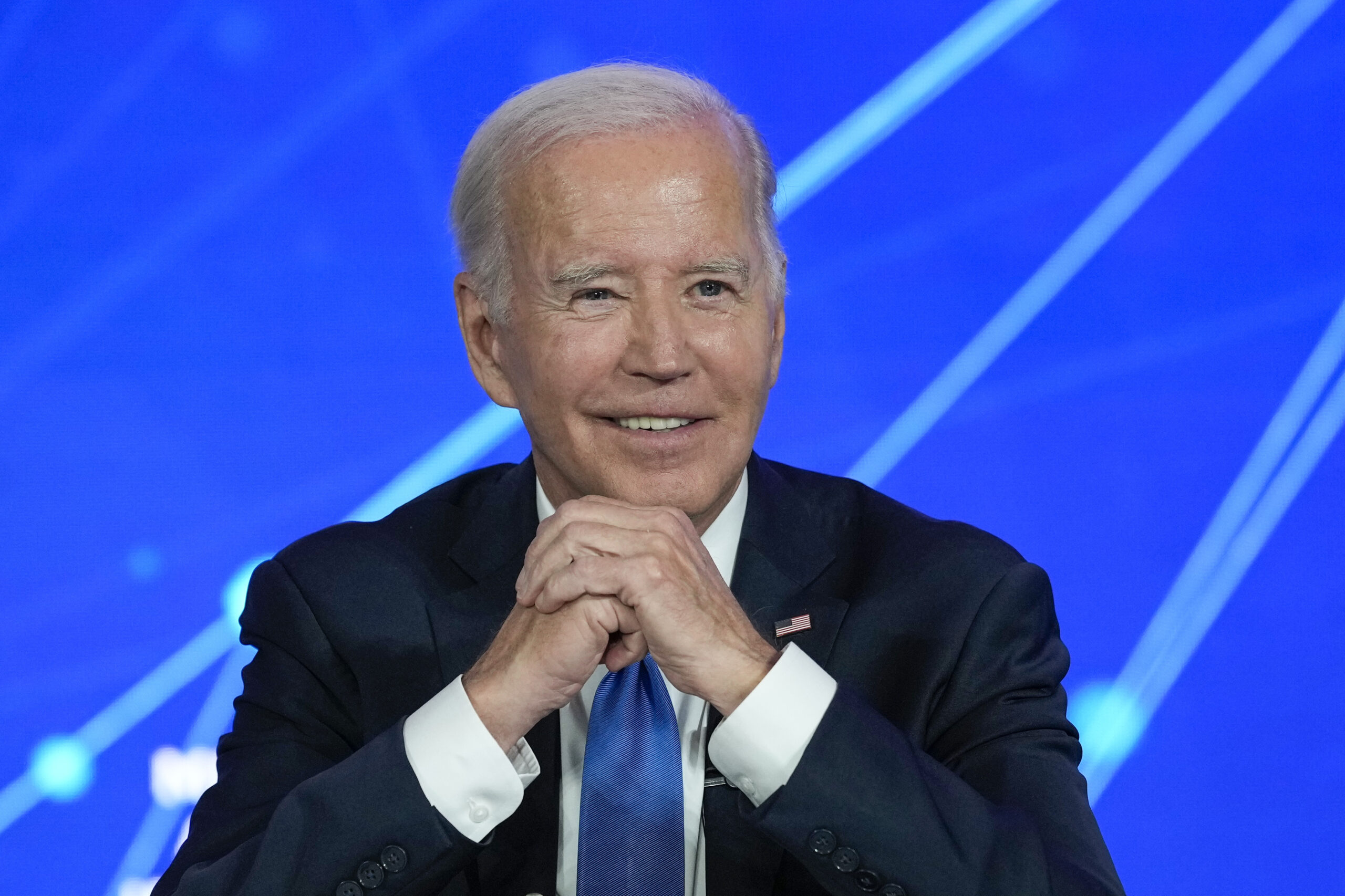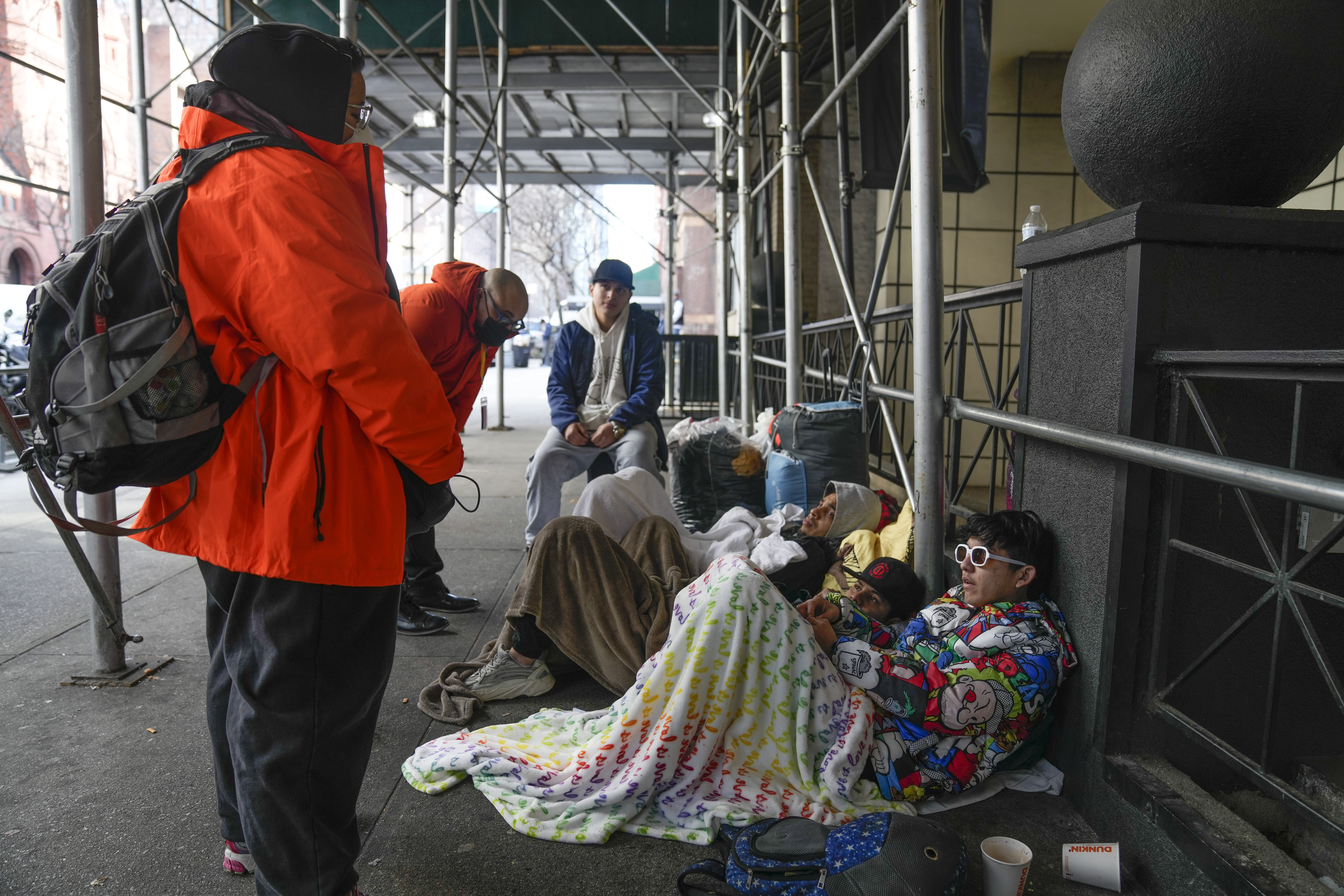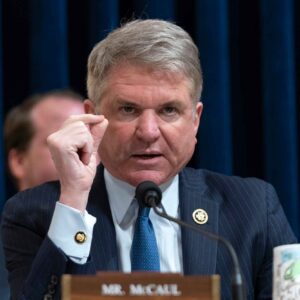In August of last year, President Joe Biden announced a temporary moratorium on student loan payments due to the encroaching pandemic.
$10,000 in federal student debt was wiped off completely, while up to $20,000 in Pell Grants were forgiven.
Now, after a nice break, graduates will have to start repaying their student loans come October.
But, there’s one snag. The attempt to repay loans might turn into a disaster. And for all those creditors expecting to be paid back, thus creating a healthier economy? They shouldn’t get their hopes up.
Business Insider notes that the Consumer Financial Protection Bureau predicted that up to 44% of those with student loans, or 14 million people will be forced to repay their debts with a completely different company. Needless to say, that’s expected to cause some serious confusion, resulting in far less repaid debts then were initially expected.
A report from the Bureau read “so far, more than 17 million accounts for federal student loans have been transferred, and more transfers—either to different servicers or different servicing technology platforms—are expected in the coming months, ultimately reaching more than 30 million accounts. For some borrowers, this process may be smooth with few changes. But other borrowers may need to create new logins with their new servicer, re-enroll in autopay, or update their payment information.”
New logins? That spells disaster.
And the report estimates that one in five borrowers come with catastrophic risk factors.
Total delinquencies on pre-pandemic debt is expected to skyrocket, with a handful of student loan servicers expected to go completely under because if it. That even further accelerates the number of graduates forced to use a different service provider.
A borrower put the problem quite succinctly to Business Insider saying: “I’m in this limbo period not really knowing what’s going on with my student loans. I’m not even trying to call and ask about the student loan forgiveness. I just want to know simple things.”
If you can’t find basic information, good luck finding a way to actually pay. Making matters worse, Congress chose not to increase funding for Federal Student Loan Aid because of the payment.
Biden requested $2.7 billion for student loan aid, an increase of $620 million. However, with even less debts expected to be repaid, Congress might not grant him that authorization.
And that spells bad news come election time. There might not be enough cash to go around for more loans, creating ire among the younger Democratic party voting set. Call it a bad harbinger of things to come for the Biden administration.


















Add comment